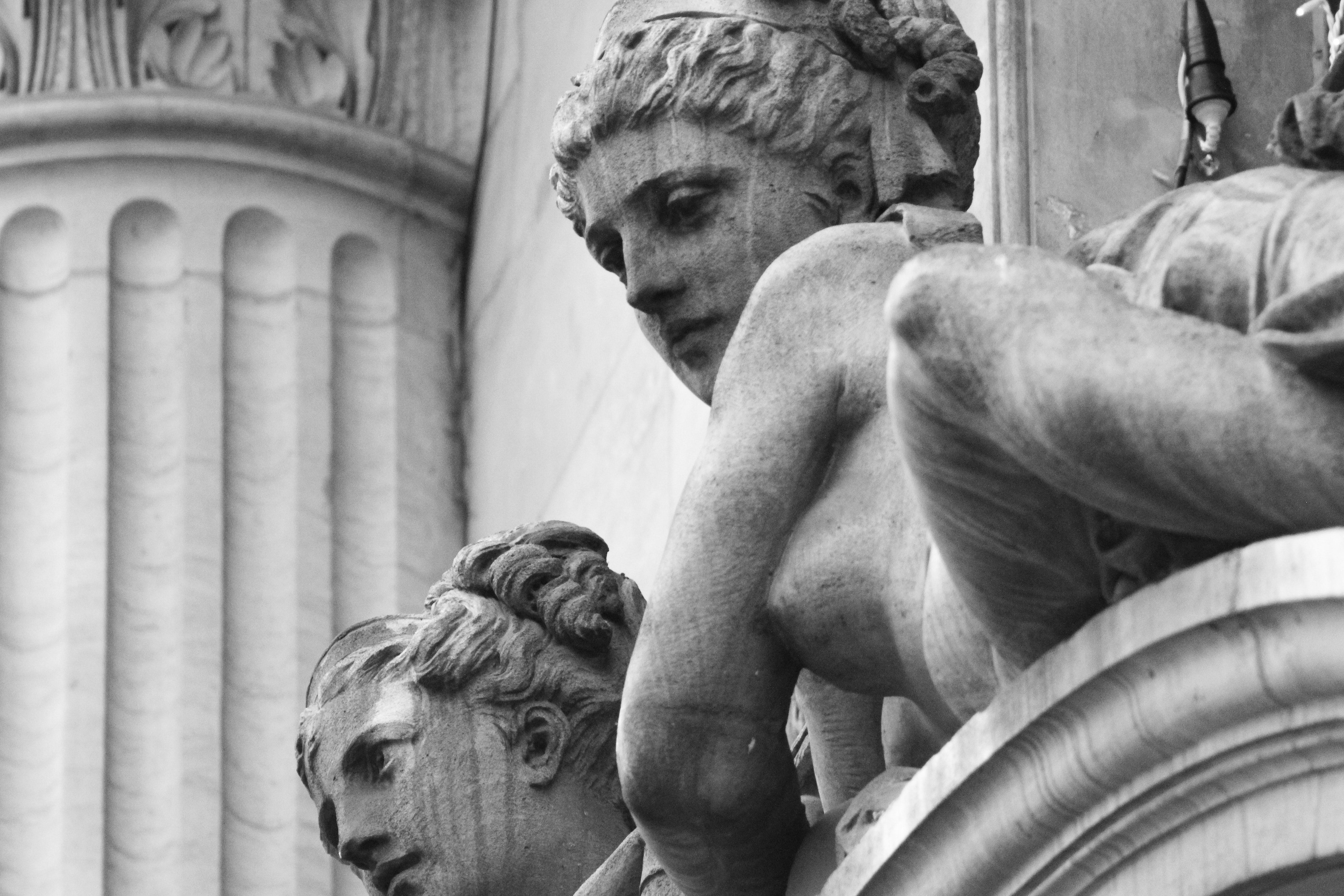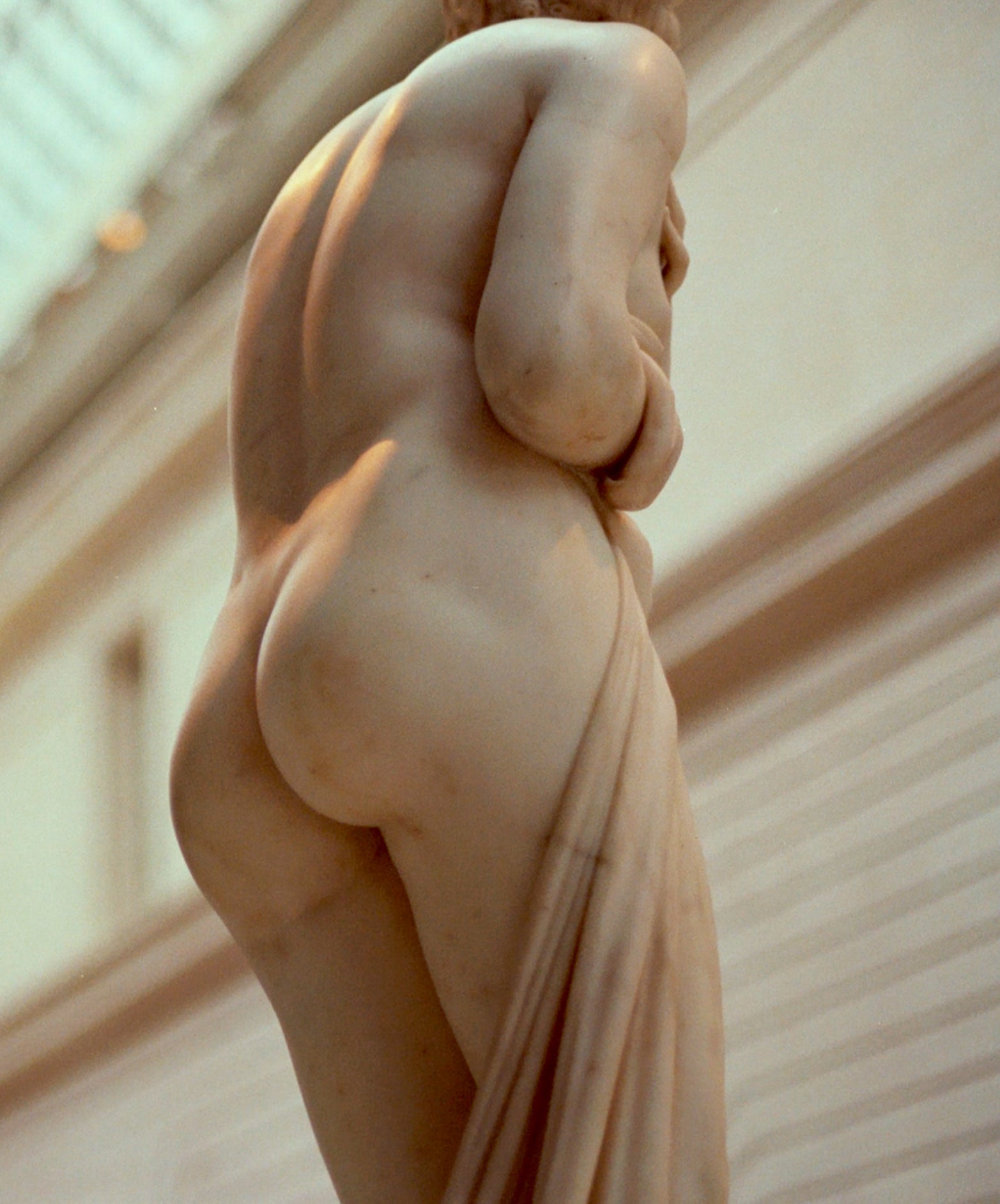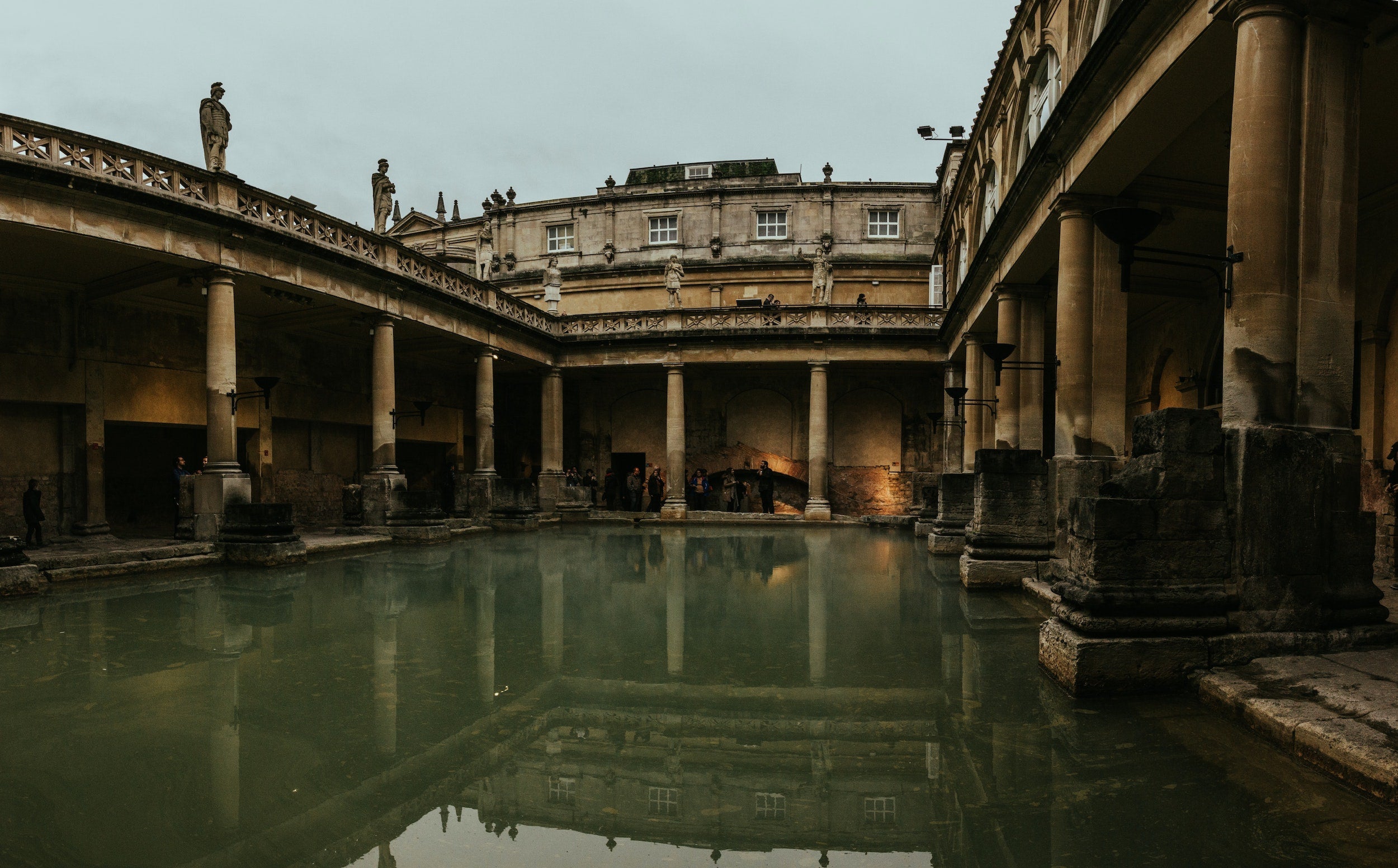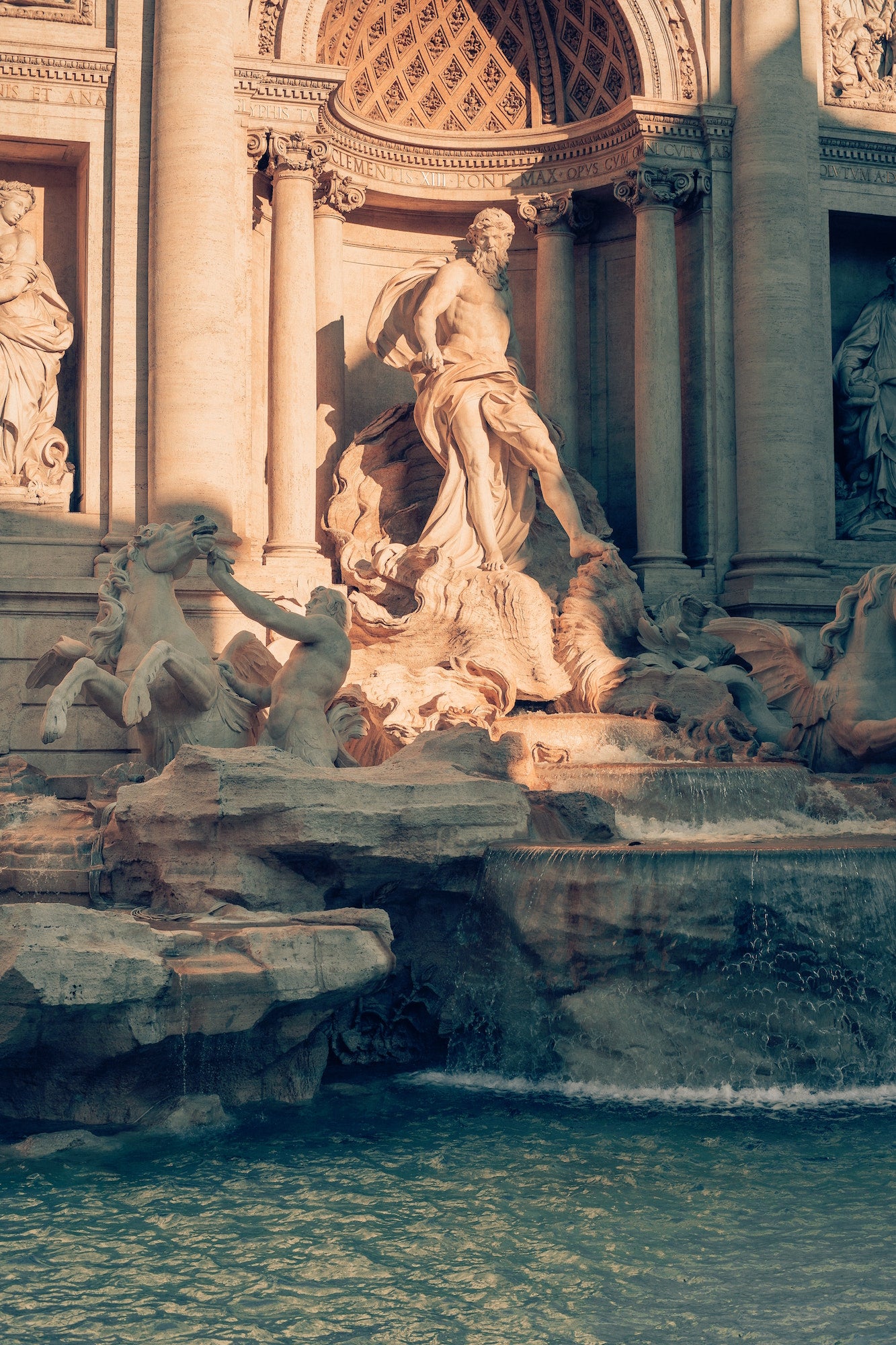The History of Nudity.

From the ancient Olympics to nude beaches.
Read just the beginning of one of the oldest books in the world, and you’ll learn that there was a time very, very long ago when people—at least two of them in particular—walked around completely naked with absolutely no shame, until the temptation of one ruby-hued fruit mess the whole thing up. But the real story is that we’ve had fluctuating feelings about nudity all around the world, at various points of human existence. How did we end up here?
Nudes of antiquity
Nudity wasn’t just accepted in ancient Greece—it was celebrated, as can be seen in countless sculptures of heroic gods and the words of poets. We believe that the very first Olympic games were competed by totally nude athletes, though historians are uncertain why this was the standard. At symposia—lively banquets where they could eat, drink, and be merry—men also typically attended in the buff. In ancient Rome however, nudity was less acceptable in public, though frequent in bath houses. And in early ancient Egypt, some “practical” nudity was acceptable for laborers or dancers, but otherwise, it was not common.
Bathing culture
After the fall of Rome, the spread of Christianity contributed to the restriction of public nudity (and the biblical shame associated with the naked body). But around the world, bathing culture often persisted. In Turkish hammams, Japanese onsens, and Finnish saunas provided—and continue to provide—places for people to strip down in public, typically in areas divided by gender.
Art vs. the obscene
In the Italian Renaissance, a reinvigorated interest in the ideals of Ancient Rome and Greece led artists to reincorporate nudes in western art, after centuries of modesty. In the following centuries, nudity continued appearing in art, often with the intention of providing shock value—the idea of nakedness, after all, didn’t become any less scandalous.
Risqué pictures
The development of the daguerreotype, naturally, led to the first actual nude photos, which typically featured female models. Victorian values dubbed these photos pornography, and though they were in demand from buyers both rich and poor, the government tried to put a stop to it: In 1857, the Obscene Publications Act gave the government the power to seize and destroy these kinds of photos, and arrest the people who created and sold them.
The push to end the stigma
In the late 19th century, the Freikörperkultur movement (or “free body culture”) was started in Germany as a push against the shame associated with nudity, and became the first global movement for the acceptance of an au naturale lifestyle, one that pushes against the idea that nudity is inherently sexual. The Naturism movement—which advocates for non-sexual nudity, typically—quickly spread through the rest of Europe, as well as Canada, Australia, and New Zealand, in the 20th century. In America in the 1960s, this belief was also popular in hippie counterculture.
Bringing sexy back
Sure, the Victorians may have clutched their pearls at nudity, but their Puritanical culture is also what led to the development of burlesque culture, which started in the late 1800s. Closer to the turn of the century, striptease and the can-can (originated, of course, at Paris’s Moulin Rouge) became the foundations of modern stripping. By the 1920s, the first pole dances were performed, and by the ’60s and ’70s, strip clubs became more widespread throughout the world. However, even today, the legality of full nudity in such clubs varies from country to country and state to state in the U.S.
Where we are today
You can find nude beaches or resorts worldwide, and nudity remains common in bathhouses around the globe. Naturist and nudist communities continue to fight against the default-sexual stigmas of nakedness, and since 2012, the Free the Nipple movement, founded by Lina Esco, has pushed specifically to decriminalize and destigmatize female toplessness.
But there’s still a time and place for sexuality, of course. And now, technology has flipped the power dynamic of the nude. The subscription platform OnlyFans allows content creators to curate their own nude photos and videos for their patrons, while reaping the financial benefits directly (not to mention, the site saw a 75-percent increase in sign-ups at the start of the pandemic in March and April).
Our cultural attitude about nudity might still be evolving and shifting, but one thing’s clear: It’s a good time to feel good in your own skin.


